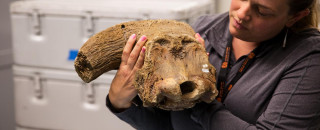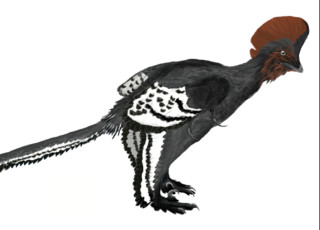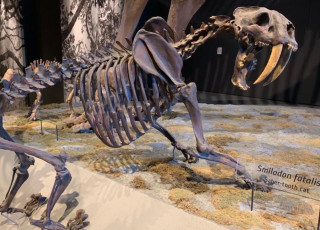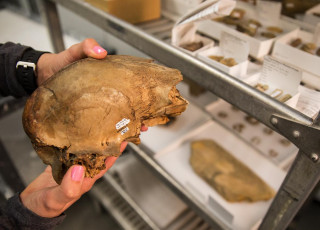Old Skull a Landmark Part of Utah’s Ice Age History
By Riley Black
Back in 1871, while digging a cellar just north of where the Eagle Gate now straddles State Street, workmen uncovered something unexpected. Six feet down into the gravel, they found a strange skull.
The May 17 issue of the Salt Lake Tribune reported on the find. The newspaper declared the bones - consisting of a braincase and a horn - to be a “Petrified Buffalo Head.” But paleontologists soon realized that the workers had found something much more unusual.
In the pages of the American Naturalist, scientist P.A. Chadbourne identified the skull as belonging to an animal that hasn’t been seen in the Beehive State since the end of the Ice Age. “The long, heavy, drooping horns mark it as the skull of a musk-ox,” Chadbourne wrote.
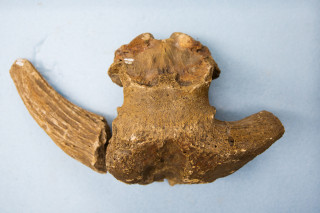
The fossil was a significant part of Utah’s prehistory. Not only is the skull one of the earliest vertebrate fossils discovered in Salt Lake County, NHMU Chief Curator Randall Irmis notes, it’s also “the first documented Ice Age discovery in this area, made 25 years before Utah became a state.” The musk ox skull hearkened back to a time that 19th century naturalists were just beginning to uncover.
Back when this particular musk ox was still alive, towards the end of the Pleistocene, a huge lake covered much of the Great Basin. This was Lake Bonneville, and the gravels the musk ox skull was found in had been deposited by this lake back when it filled much of the Salt Lake Valley. The remains of other Ice Age animals have since been found along the margins of this ancient lake, but the musk ox near Temple Square was the first.
From our modern perspective, musk ox might not seem to have a close connection to Utah. Today’s species, known to experts as Ovibos moschatus, is a large herbivorous mammal that is a relative of takin and ibex that primarily lives in Greenland and Canada’s far north. The overall look of the beast is like a shaggy cow with drooping horns. But other species of musk ox lived during the Ice Age, ranging further afield. Which raises the question of exactly what species the Salt Lake City skull belongs to.
The skull was acquired by the University of Utah in 1927 and was moved to the Utah Museum of Natural History in 1978. And by that time, paleontologists Michael Nelson and James Madsen, Jr. were still puzzling over which species of ancient musk ox the skull should be assigned to. Out of the various musk ox species that had been named from fossils found in North America, it seemed that the bones probably belonged to Symbos or Bootherium - what were thought to be different species that roamed the Great Basin back in the Pleistocene.
But, drawing from the Salt Lake City skull among others, paleontologists Jerry McDonald and Clayton Ray solved the mystery in 1989. Symbos and Bootherium turned out to be the male and female forms of the same species, established through the arcana of how species are named as Bootherium bombifrons. This means that the skull pulled from the ancient gravels near Temple Square was a male Bootherium.
Fossils are often thought of as relics from remote, sun-scorched places. But from the early years of Salt Lake City itself, we know that fantastic Ice Age beasts once roamed here and left their bones along the shores of ancient lakes. It’s a lost time we can still touch through the remains of the creatures who called this place home long before we did.
Riley Black is the author of My Beloved Brontosaurus, Prehistoric Predators, and a science writer for the Natural History Museum of Utah, a part of the University of Utah in Salt Lake City. Our mission is to illuminate the natural world and the place of humans within it. In addition to housing outstanding exhibits for the public, NHMU is a research museum. Learn more.
